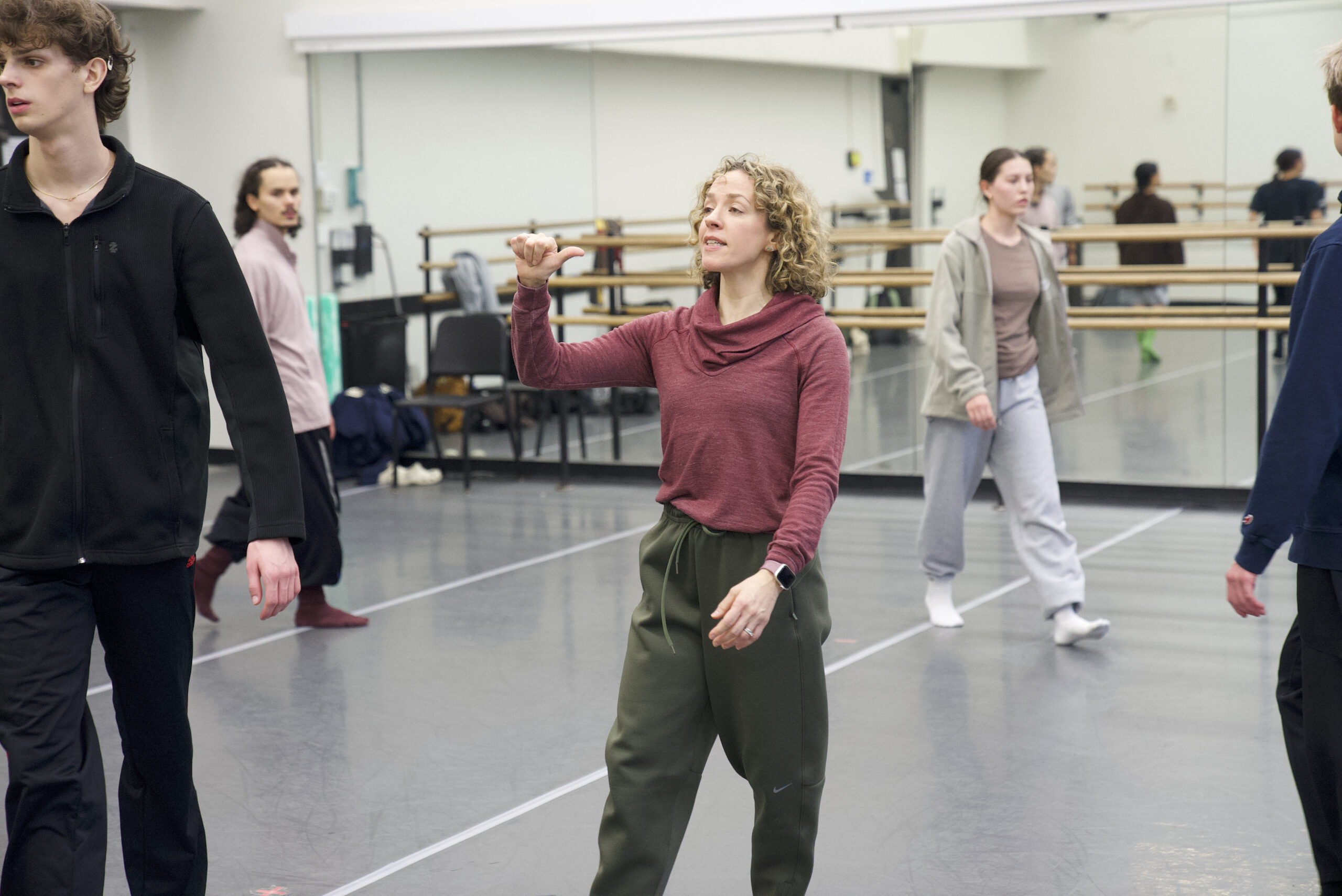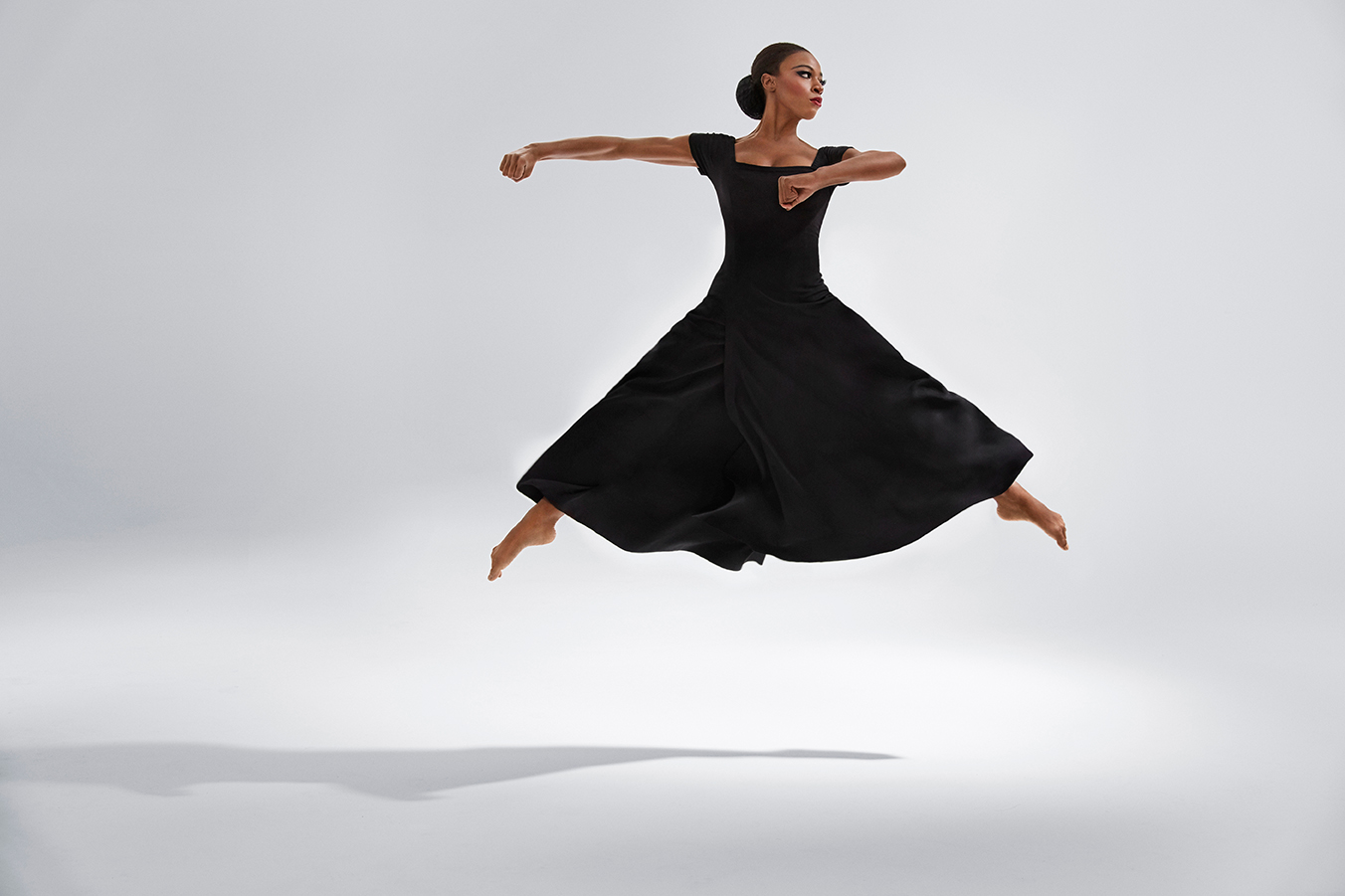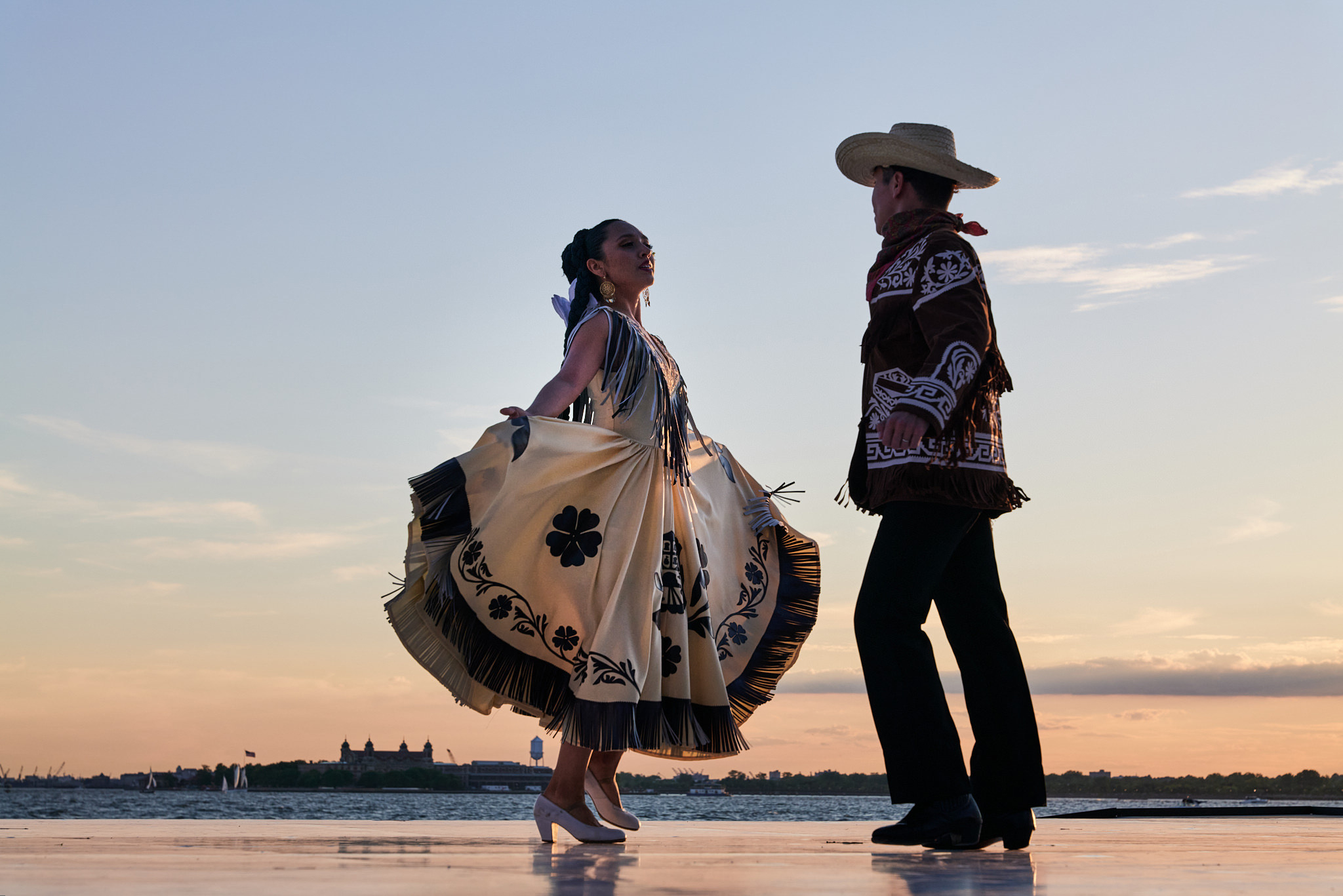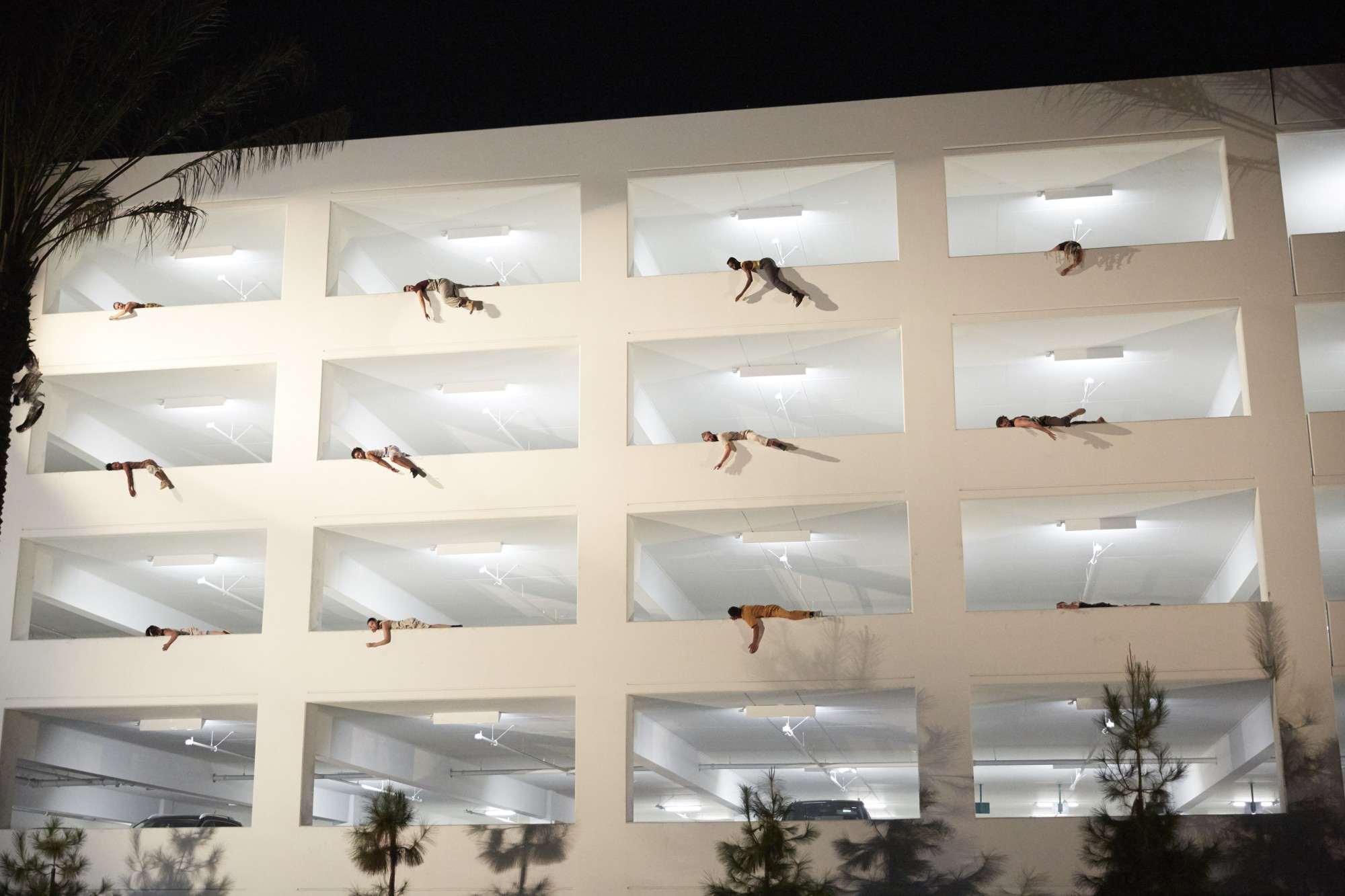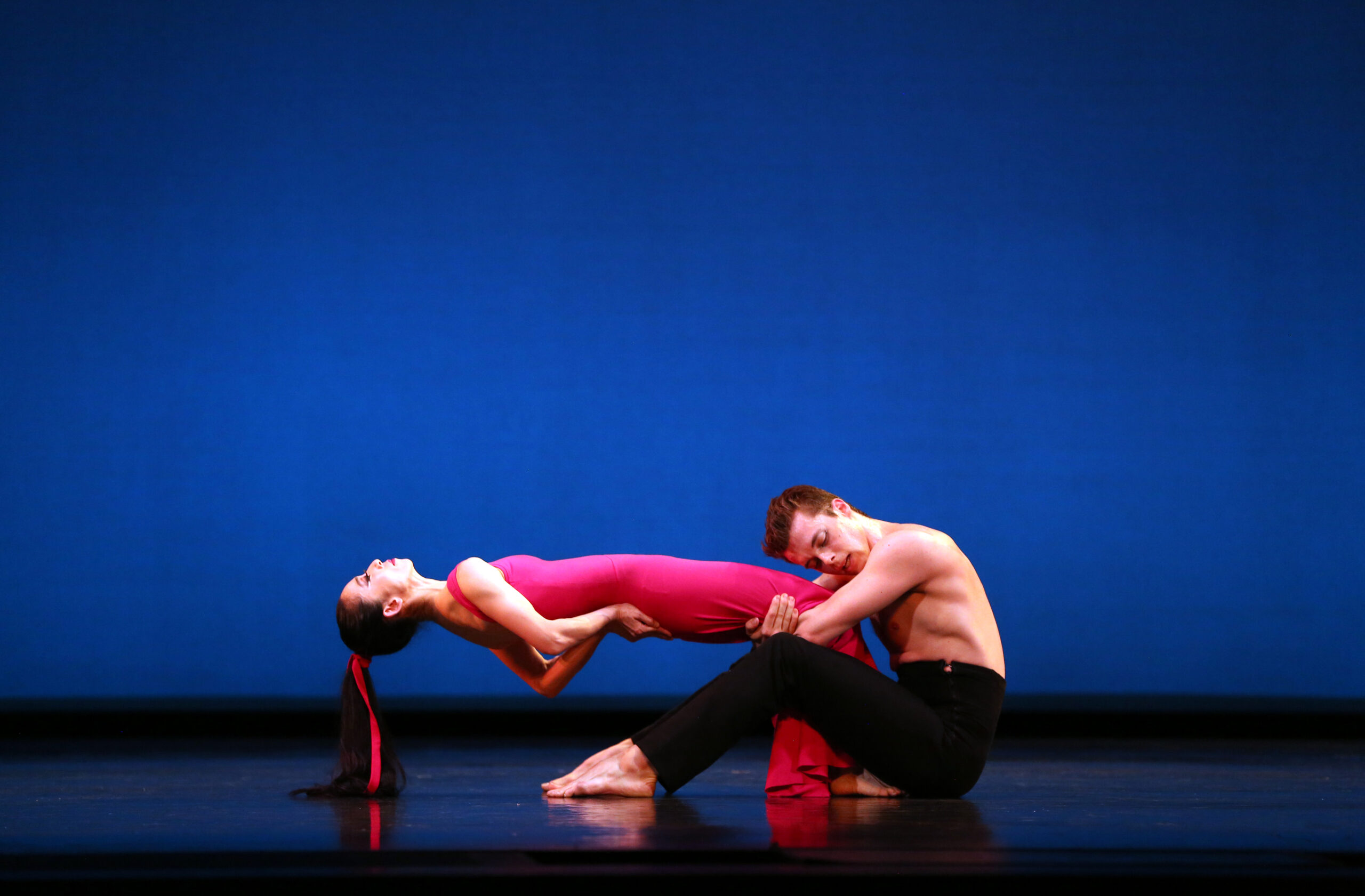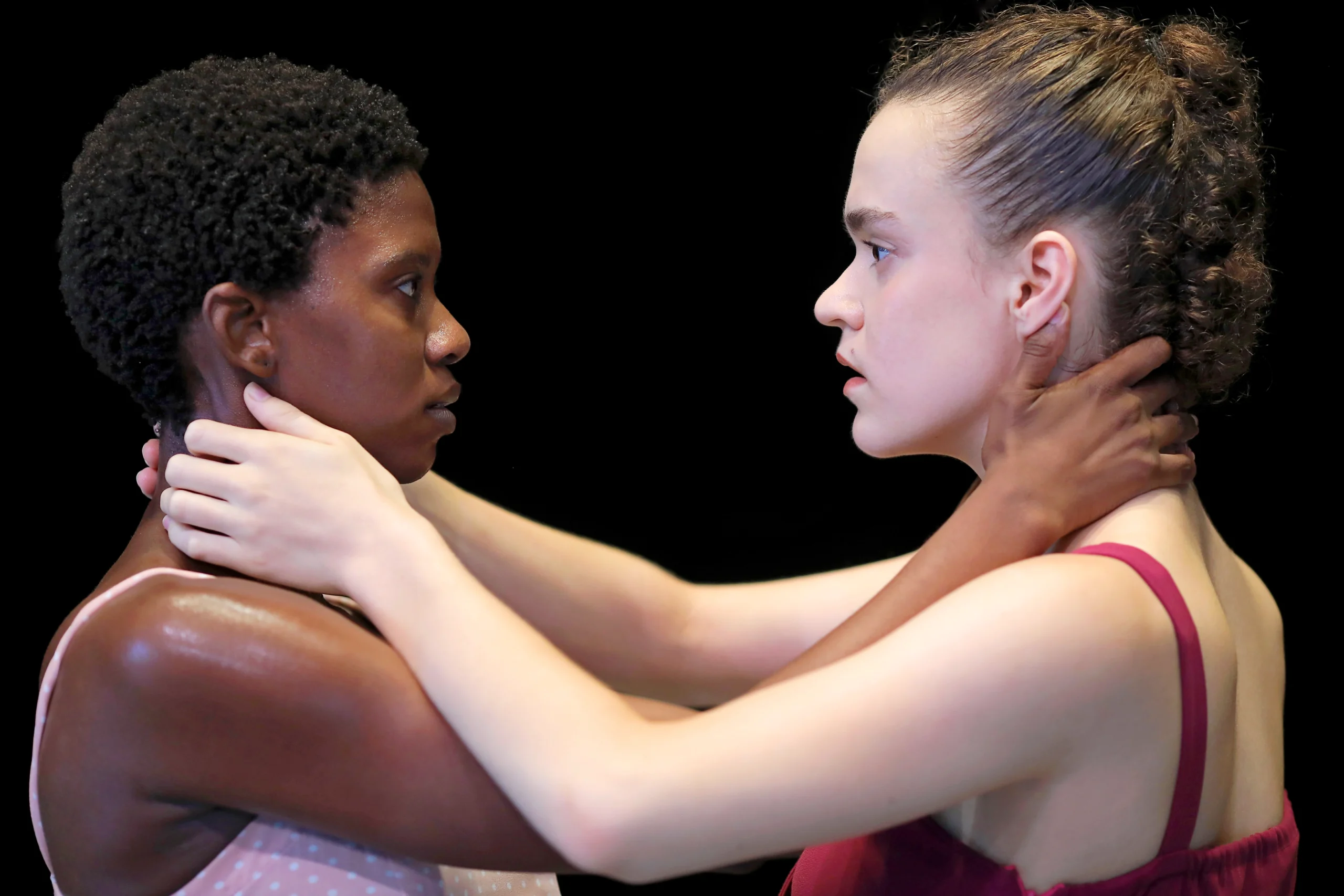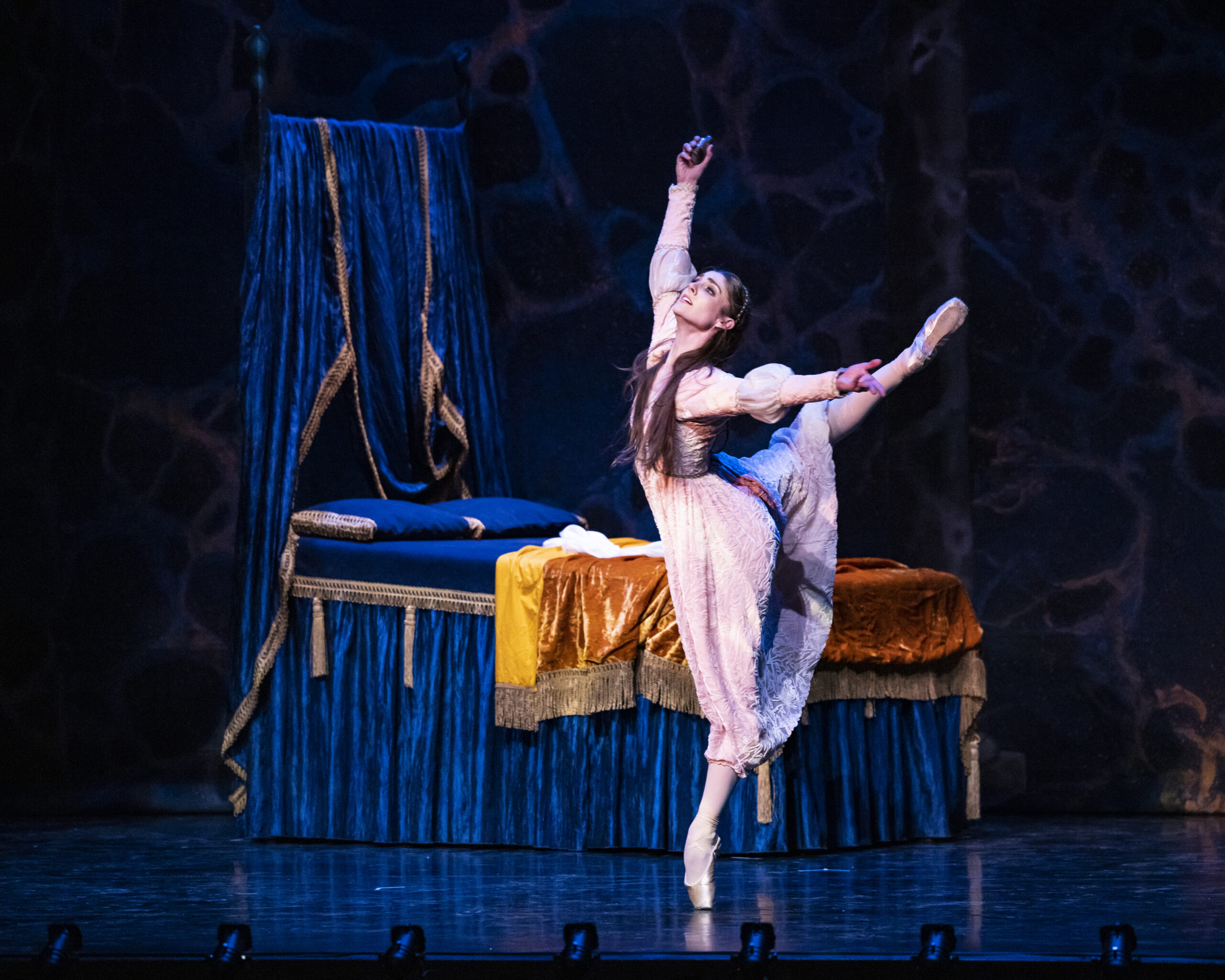Safety Tips for Winged and Sickled Feet
Beyond the delicately winged foot that goes in and out of favor in ballet’s arabesque, performers may be asked to wing and/or sickle their feet as part of choreography. While winging (toes pointed outward) and sickling (toes pointed inward) involve relatively small ranges of motion, to execute them safely requires proper strength and an understanding of the anatomy of the foot and ankle.

